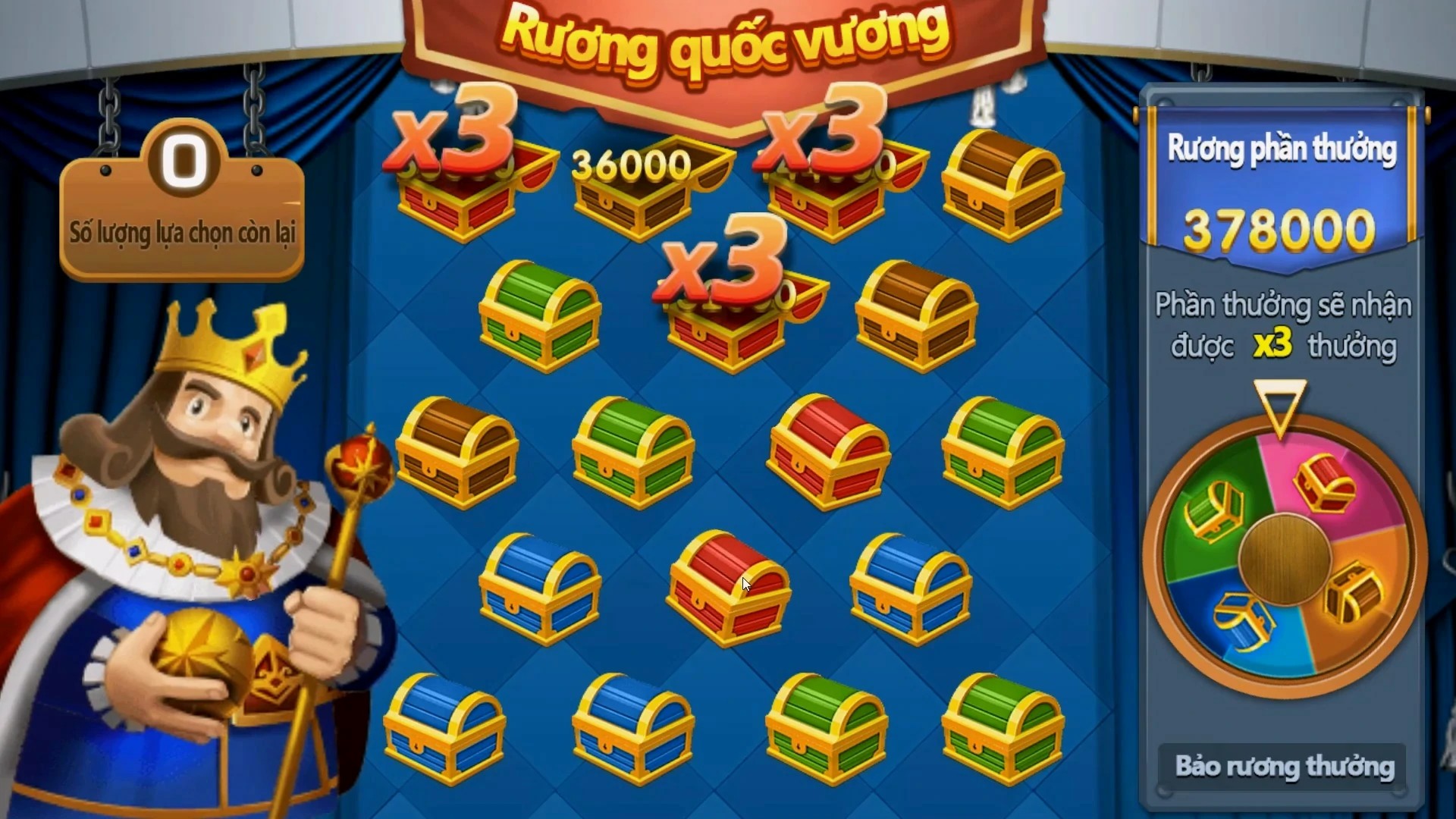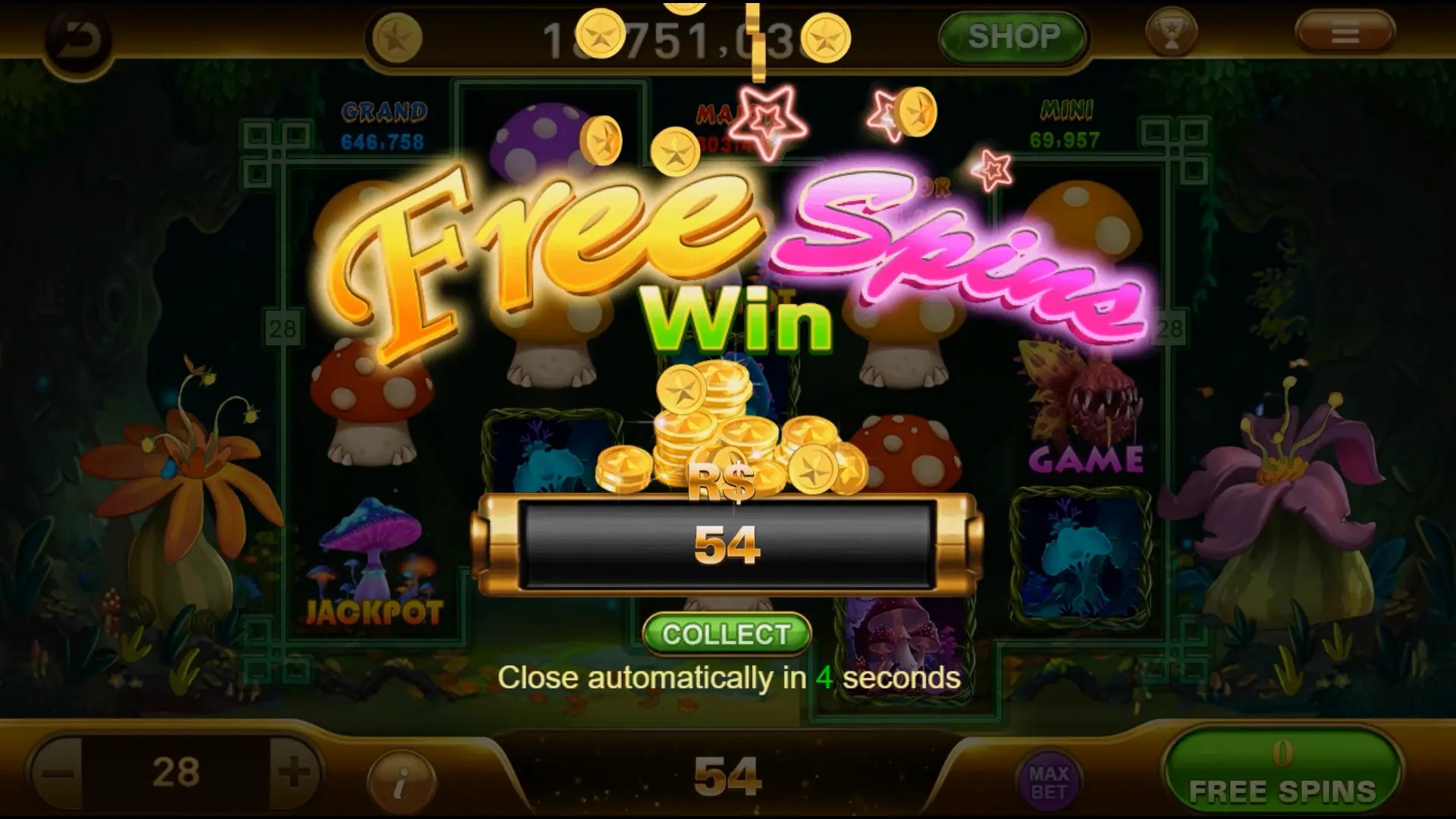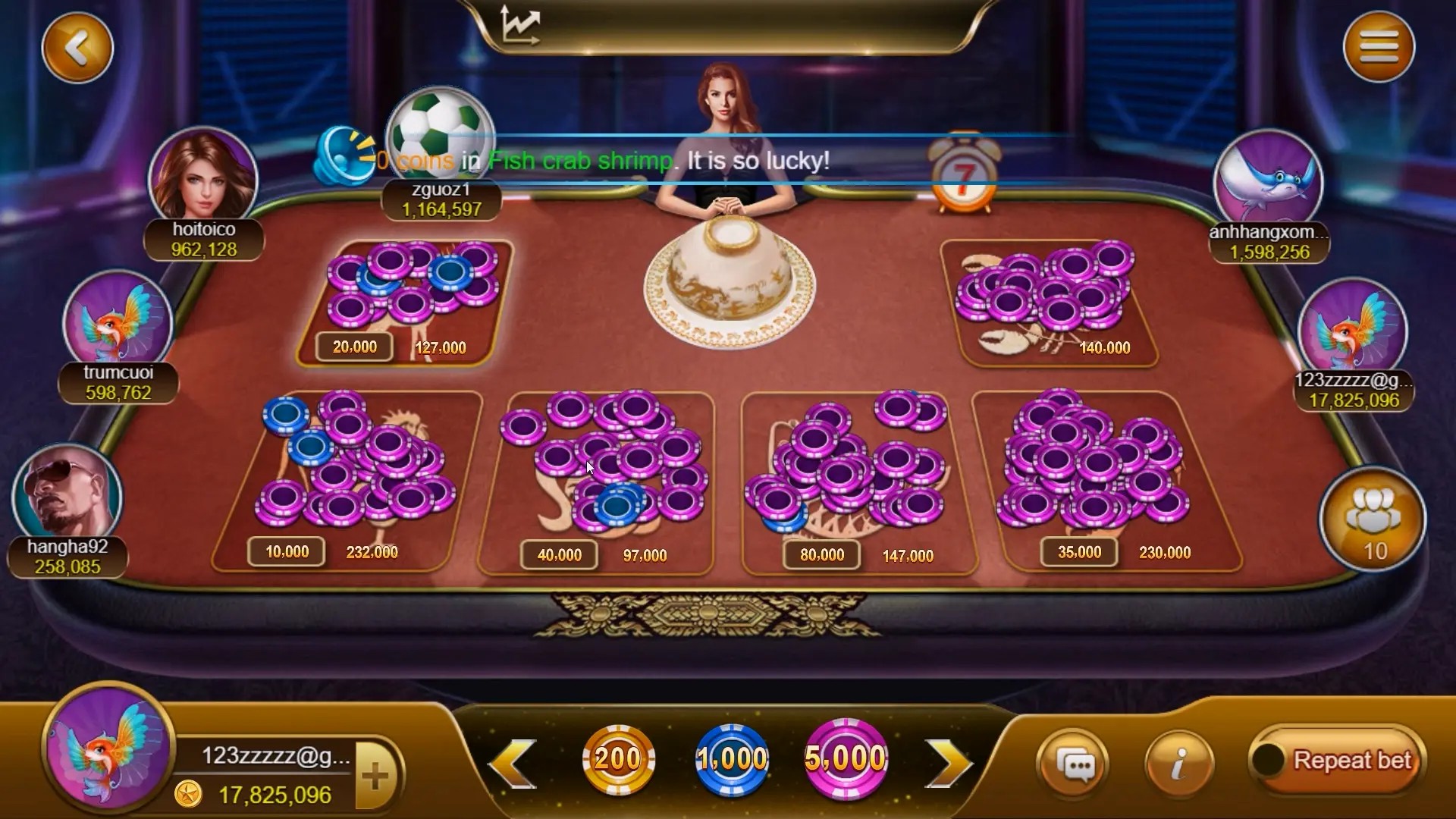Sandbox Games Are Redefining How We Play
Forget rigid rules and scripted paths. The future of gaming isn’t about where to go — it’s about where you dare to go. Sandbox games have ripped up the instruction manual and replaced it with a blank map and a lighter, daring you to burn it down. It’s not just a genre shift; it’s a cultural uprising in pixels and polygons.
What Makes a Game a True Sandbox Experience?
The keyword isn’t “sandbox" — it’s freedom. In a true sandbox game, the world doesn’t guide you; it reacts to you. No linear objectives? Check. Procedural generation? Often. Emergent gameplay where two players’ experiences diverge completely? That’s the dream. This isn’t chess. It’s controlled chaos.
- Player-driven objectives
- Dynamic ecosystems
- Morality not handed down by developers
- No forced endgame
- Tools over tutorials
From Lego to Liberty City: The Evolution of Game Freedom
It started with clunky physics engines and pixelated cows. Today, it’s entire planets, living economies, and AI-driven NPCs that form grudges. Games like Minecraft taught a generation that you can build a nuclear reactor out of redstone — and that’s only the start. The sandbox grew from child’s play to a proving ground for digital innovation.
Why Creativity Thrives Where Rules Are Absent
You won’t hear “You can’t do that" in a true sandbox. You might hear “Wait… you did what?" When constraints melt, creativity surges. Some mod Grand Theft Auto V into *Alien* sims. Others reprogram No Man’s Sky into a space-based bakery economy. It’s not hacking — it’s expression. This is the digital age’s version of graffiti: illegal, raw, and undeniably brilliant.
The best games don’t give you purpose — they make room for you to invent one.
The Psychology Behind Open-World Exploration
Ever wonder why wandering empty deserts in Red Dead Redemption 2 feels oddly peaceful? Because open worlds trigger the brain’s reward system like novelty hunts. Discovery isn’t just fun — it’s biological. Studies suggest players in non-linear games show higher problem-solving aptitude, likely because there’s no “correct path." The mind adapts or quits.
| Sandbox Element | Cognitive Impact | Game Example |
|---|---|---|
| Procedural Terrain | Boosts spatial memory | Minecraft |
| Dynamic NPC Schedules | Improves situational awareness | Bethesda Fallout series |
| Moddable Environments | Enhances creative risk-taking | The Sims 4 |
| Resource Scarcity | Trains adaptive decision-making | DayZ |
How User-Generated Content Powers the Sandbox
Let’s get real: no dev team could design 8 million user-created levels on Super Mario Maker. That’s not community engagement — it’s community dominance. In Sandbox games, the audience becomes co-authors. Some creators monetize their mods. Entire YouTube channels rise from one person making a haunted theme park in Fortnite Creative.
You’re not just playing the game — you’re editing its DNA.
EA Sports FC 25 on PlayStation 5: A New Twist on Freedom?
Wait — a sports title in a sandbox piece? Hold up. EA Sports FC 25 – PlayStation 5 isn’t a pure sandbox. But look closer. MyClub mode? You design your squad from ground up. Ultimate Team? That’s player-run auction houses, meta shifts, custom leagues. And “Career Mode"? With AI reactions influencing team chemistry, trades, even locker room morale? That’s not a game. That’s a digital sports ecosystem.
It’s sandbox logic leaking into tradition — a crack in the rigid code of sports sims. The field has boundaries, but influence, economy, and emotion? Those roam free.
The “Hot Potato" Effect in Multiplayer Sandbox Worlds
“Hot potato here we go" isn’t just meme-speak. In open-world PvP, high-value objectives (say, a legendary loot drop in Rust) turn into digital hot potatoes. Nobody wants to carry it too long, but everyone risks burning their hands trying to snatch it.
That moment — when 12 players suddenly drop their build progress and race for one beacon — that’s pure emergent anarchy. No script. No spawn timers rigged for drama. Just human greed, timing, and nerves.
- The “hot potato" creates unpredictable tension
- Distracts mass attention from long-term strategy
- Rarely happens in linear games
- Fuels streamer drama — and viewer engagement
Beyond Building: Emotional Agency in Sandbox Worlds
In most games, your character is a weapon on legs. But what if you want to be a depressed poet living in a cave near the mountains of The Elder Scrolls? A pacifist survivalist growing potatoes while raiders burn cities across the map?
Real freedom means not just building a fortress, but refusing to. It means emotional self-direction. Some The Sims players deliberately bankrupt families for role-play tragedy. Others craft love triangles doomed from the start. The sandbox? It’s your therapy room — with lag.
The Dark Side: Toxic Emergence in Open Worlds
Let’s not romanticize. Freedom breeds abuse. Anarchy attracts griefers. In VRChat, a social sandbox, entire communities form just to troll newbies. In Minecraft servers, players burn villages over petty disputes.
There’s a fine line between emergent chaos and unchecked hostility. The platforms that thrive aren’t those without rules — they’re the ones that allow **player-created law systems**. Vigilantes, in-game cops, jury trials. Real justice simulations born from virtual crime.
Hardware Matters: Can PlayStation 5 Keep Up?
You can dream a million trees, but your GPU has to render 'em. That’s where next-gen consoles like PS5 shift the curve. With SSD loading and haptic feedback, open worlds become visceral.
Horizon Forbidden West? It loads vast forests faster than you can jump. No loading screens, no texture pop-in — just pure, uninterrupted flow. That’s sandbox nirvana. The tech stops getting in the way.
Speed isn’t convenience — it’s immersion.
Why Sweden Loves Sandbox Games
You’re in Malmö, winter outside, aurora in the skies. But indoors? You're building a floating castle in Minecraft Education, teaching your class about medieval economics through play.
Swedish game culture prioritizes self-direction and collaborative creation. It’s no accident that Mojang (creators of Minecraft) is based in Stockholm. Sweden’s education system mirrors sandbox principles: problem-based learning, autonomous projects, no standardized pressure.
To a Swede, sandbox isn’t a game mode — it’s a life philosophy. And that translates into massive local support for experimental titles. Cities like Gothenburg host indie sandbox jams every spring. The public funds modding collectives. It’s policy-meets-pixels.
Designing Your Own Sandbox: Tools You Didn’t Know You Had
You don’t need Unity to start. Games like:
- Roblox Studio – Lua-powered, easy drag-and-drop creation
- Dreams (PS5 exclusive) – full sound, art, gameplay tools in one
- Babylon.js – open-source web-based engine
- Fortnite Creative – drag, play, publish. No code, no stress
…have put god-mode into casual players’ hands. A 14-year-old from Uppsala made a Pac-Man fusion with weather physics in Dreams. Over a million played it. That’s the power shift in action.
Sandbox vs. Simulation: Where the Lines Blur
Is Cities: Skylines a sandbox or a sim? Depends who you ask. Yes, you follow traffic and sewage logic. But you can also build a city shaped like a frog. And name every street “Fjärdens UX Team."
The best simulations allow absurdity. The best sandbox games demand consequences. That intersection? That’s where Sandbox games shine brightest.
What’s Next: AI, Ethics, and Infinite Worlds
The future? NPCs that remember every encounter. Cities that adapt to your morality score like living organisms. Imagine a world where stealing from a vendor changes their family storyline. That’s not sci-fi — it’s AI + sandbox, coming fast.
EA Sports FC 25 – PlayStation 5 may not get sentient fans, but down the road? Your in-game supporter crew could argue with you on Twitter inside the game.
We're moving from play to influence. From game to universe.
Key Takeaways: Your Sandbox Survival Kit
✅ Freedom ≠ No Rules — It Means Shifting Ownership
The developer builds the world. The player builds the story.
✅ “Hot Potato" Mechanics Create Unplanned Thrills
Chaos isn’t broken gameplay — it’s engagement.
✅ Tech Is an Enabler — Not the Core
PS5 speeds open the door — but the human brain runs through.
✅ Culture Shapes Play
Countries like Sweden, big on autonomy, naturally embrace open-world creativity.
✅ Build. Destroy. Repeat. Or Don’t.
The only mistake in a sandbox is not making one.
Conclusion: Stop Playing. Start Creating.
Look. Gaming used to be about beating levels. Now, the highest compliment you can pay a title? That you forgot it was a “game" at all. That time dissolved. That you weren’t playing — you were in.
Sandbox games have cracked the shell of interactivity. You’re no longer the protagonist. You’re the architect. The mad scientist. The lazy beachcomber. The warlord. The poet. It’s all allowed. Even the weird stuff.
From hot potato raids to emotional roleplay in abandoned cabins, this is freedom you can’t find in any other form of entertainment. Even EA Sports FC 25 – PlayStation 5 — a sports title, for crying out loud — now bends toward this philosophy.
You don’t need permission. Open the world. Step inside. Burn it, build it, or nap in it.
It’s yours.



